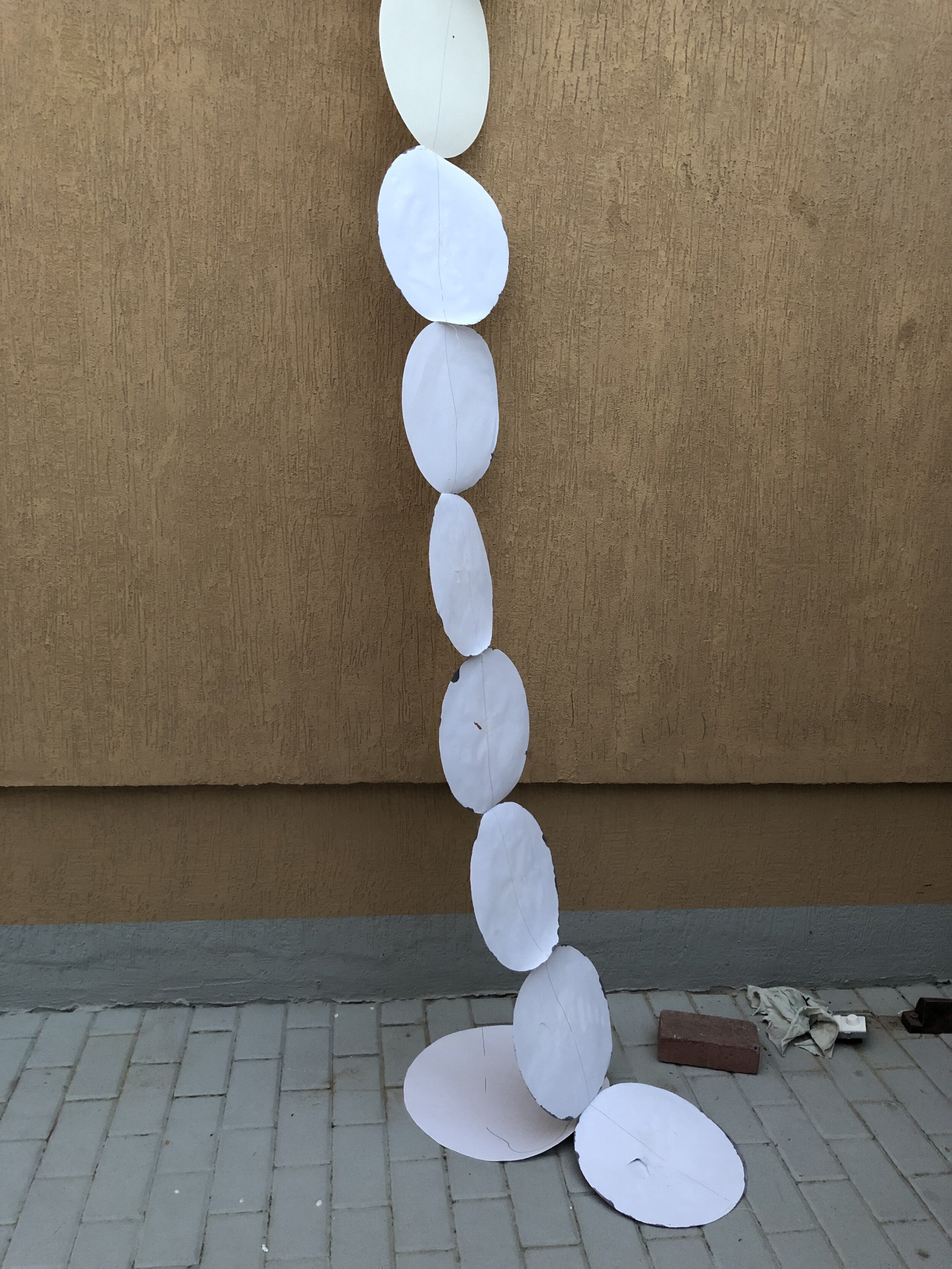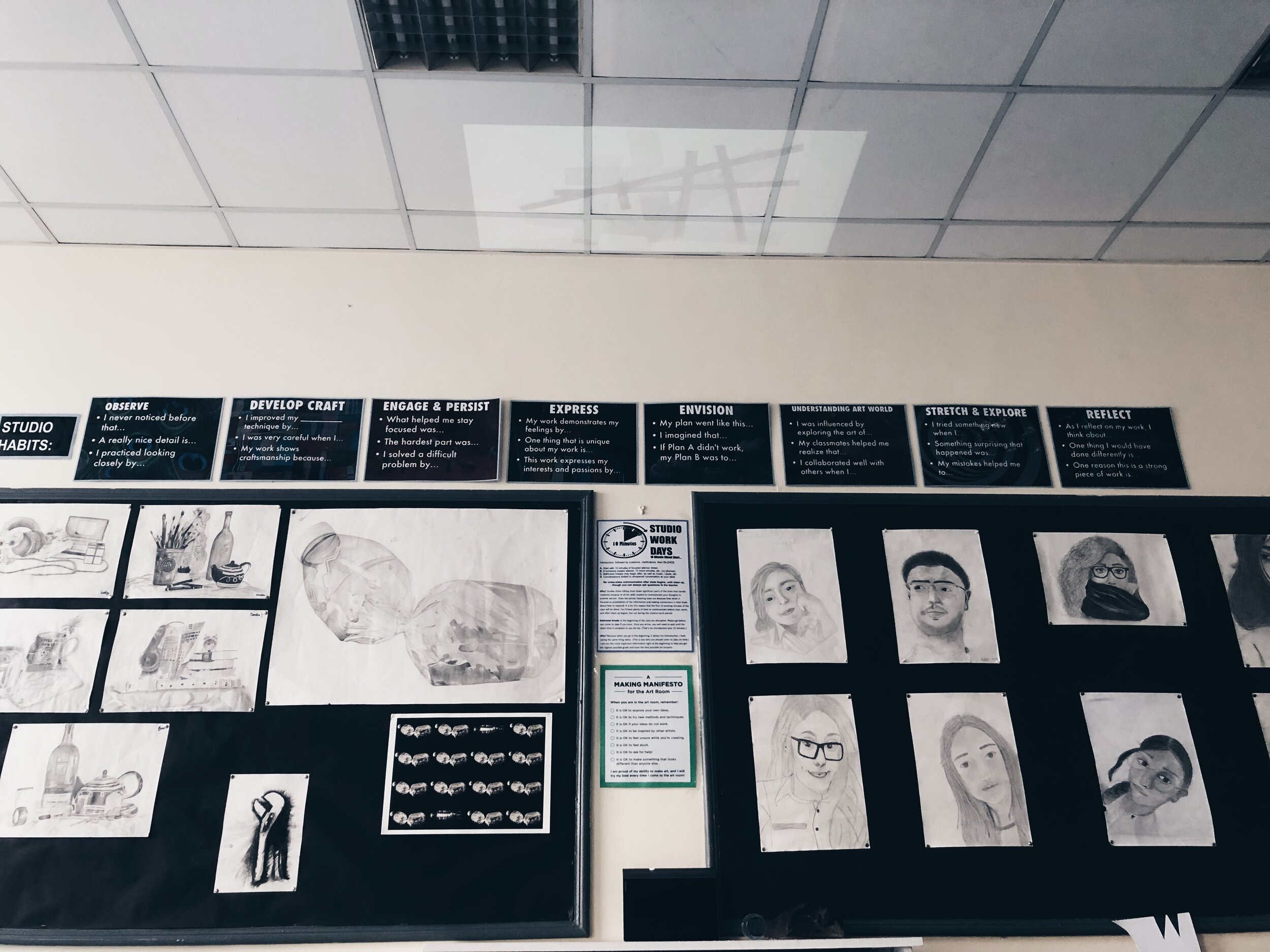My submission for MA 2 is defined by three sections.
Sparse Collisions:
three book forms and a collision diptych
Exploring the notions of constancy, materiality and collision.
Dense Collisions:
a book form, two diptychs, four videos (two have an accompanying drawing)
Tactility, space, repetition and fracturing
Language Collisions:
A book of poetry in digital format, two videos.
Violence and texture of language, repetition, pause, motion.
The poetry book:
I feel that although separating seems counterintuitive for cohesion, these varied paths make a lot more sense over the whole practice. It defines and clarifies the intentions behind, the search for weight, for space, and for interpretation.
I felt that a cohesion appear when I completed a rewrite of my artist statement for the year. I complete a minimum of one revisit a year although it has been more the past few year due to submissions to programs and exhibitions. I really enjoy this process as it helps clarify the practice in my own mind, identifies the key elements and points of passion.
Statement 2019
My practice explores the ways in which every-day rhythmic collisions provide opportunity. The overall aim of the practice is to explore the boundaries between awkwardness, manageability, quietness and the containment of collisions. Fixated on reoccurring compositions within my work, I studied commercial textile techniques; creating work using techniques that had replication inherent in their processes such a weaving, printmaking and embroidery, embedding my practice in materiality and tactility.
Working through these repetitive processes that produce singular outcomes, I was intrigued by the monotony that leads to a conclusion. Reflecting on how humans transmute routine to accommodate changes of circumstance, and how the minute collisions provoke disparate reactions and actions in people, I aimed to capture the gradual decline of routine through the repetitive cycles of discipline and disruption.
My current research augments this conundrum involving tactility, consumption and time. I’m currently working between handheld artworks that challenge the audience’s security in viewing, and a larger, more immersive practice utilising projection. Interestingly I am most inspired by the concepts behind the work of installation artists James Turrell (Deer Shelter Skyspace, 2006), Miroslaw Balka (How It Is, 2009) and Olafur Eliasson (The Weather Project, 2003). Their works promote a state of meditative contemplation in a communal viewing space and are best observed over a length of time due to the artists use space and light. They raise questions about public space; creating collectivity while maintaining individuality. They coerce the viewer into relinquishing time, breaking routine and halting motion while consuming the work.
Sent with submission
In the Karin Mamma Andersson video from Articulations and Intersection she discusses that the artist is innate in the work, that there is always an element of subjectivity. I agree with this, I am entwined with my work, I have a need to create it and it comes from a passion. What the drives the work forward is the community of knowledge that I access to discover more, the thoughts of those before me and those along side me. The work does take a life of its own, my job it to allow its voice to be heard and not over shadowed by my hand. I feel I have come some way to embracing that this year, to allow hints of myself into the work while still allowing it to stand alone.










































